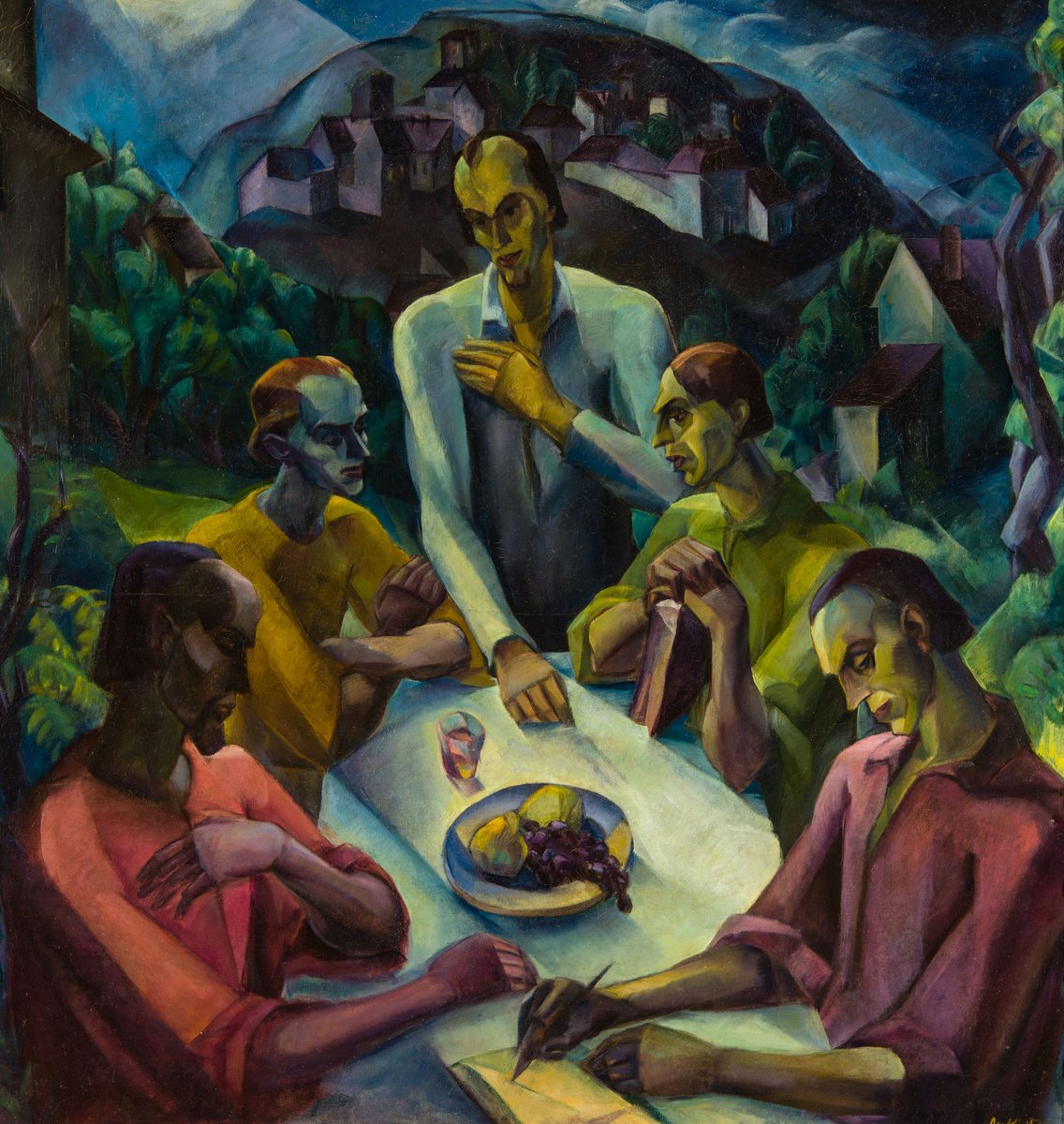
The Last Supper
Collection of Paintings
| Artist | |
|---|---|
| Date | 1843 |
| Object type | painting |
| Medium, technique | oil, canvas |
| Dimensions | image: 154 × 119 cm |
| Inventory number | 2003.3T |
| Collection | Collection of Paintings |
| On view | Hungarian National Gallery Building C, First Floor, Art in the 19th Century – From the Age of Reforms to the Turn of the Century, U Wing |
The emir from Lebanon is actually Count Edmund Zichy (1811―1894) who spent most of his life in Vienna as a passionate art collector and a leading figure of the artistic life of Vienna and Pest. He was one of the founders of the Museum of Applied Arts in Vienna and a member of Vienna’s Künstlerhaus. It is indicative of his significance that the “prince” of Viennese painters, Hans Makart painted one of his few male portraits of him. Living in Vienna in the 1840s and earning fame as a portraitist, József Borsos painted Zichy’s portrait when he had returned from an oriental trip in 1842, presumably in the attire the count had worn during his visit to Soliman Pasha, a commander of the Egyptian forces stationed in Syria. Zichy’s peculiarly orientalised portrait is in line with the increasing Hungarian awareness of the East, with the growing popularity of orientalism in architecture and with the cult of the East that was fed not only by researches into Hungarian prehistory but also by the similarities of eastern and Hungarian noblemen’s traditional way of living. The characteristic Hungarian features of philosophising and taking time were often compared by Hungarian writers to Lebanon and the tradition of thousand-year-old cedar trees. Thus Zichy’s portrait is not only a fine specimen of the portraiture of the period but also the conveyor of a specific national programme. | Gábor Bellák
This record is subject to revision due to ongoing research.